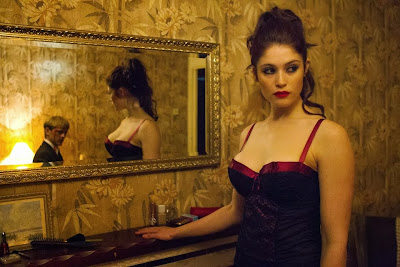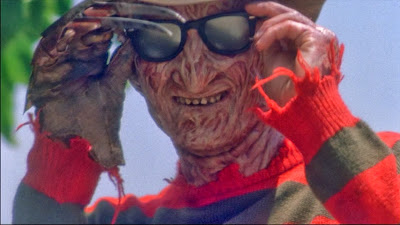I first read The Dunwich Horror when I was fourteen, if I recall correctly. A haunter of used bookstores even then, I found the story in an awesome old Lancer paperback with the cover at the right. This wasn't the first Lovecraft I read--I had a collection of some of his lesser prose sketches and Lord Dunsany rip-offs, and those didn't really fire my imagination. This book, on the other hand, with stories like "Pickman's Model," "The Thing on the Doorstep," "The Haunter of the Dark," and the title story--this book kicked my ass hard.
I don't think I saw the movie version for another six years. I never caught it on TV, and finally found it at a mom and pop rental video store next to the door to the porn room. It was next to Jess Franco's Eugenie on the shelf, and a couple of tapes down from Die, Monster, Die, both of which ended up in the stack of tapes I rented along with The Dunwich Horror. Also on that stack was City of the Living Dead and Liquid Sky. I was in for a disappointing weekend. That's cinephilia for you, I guess. The Dunwich Horror (1970, directed by Daniel Haller) never comes anywhere near the weirdness of the short story, mostly because it's a monster movie with out a monster and a movie about sex without any sex and a horror movie without any horror. Looking back at this film from a vantage point in 2013, it seems absurd that the MPAA rated this "R", even in those days before the PG-13. There's a lot about this movie that's baffling.









































